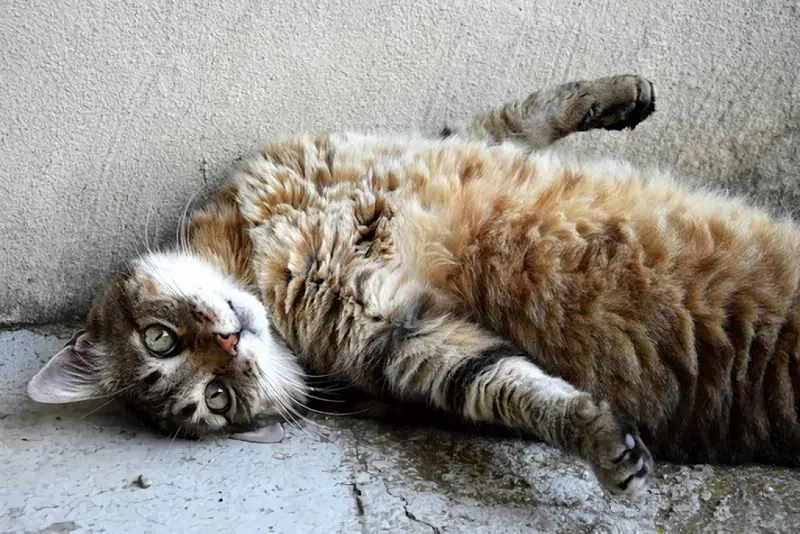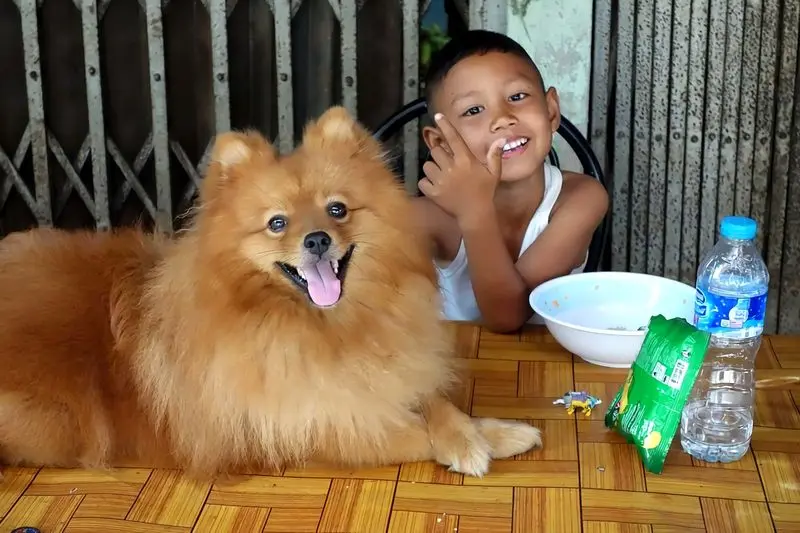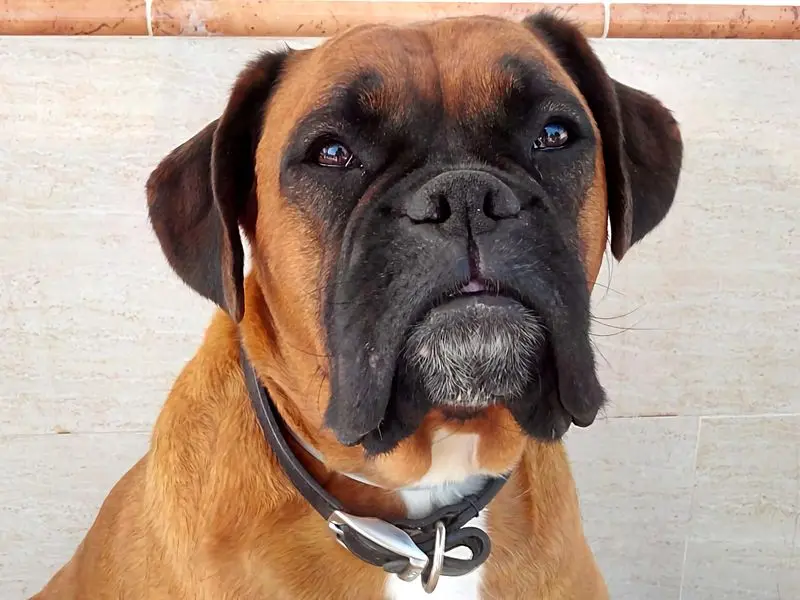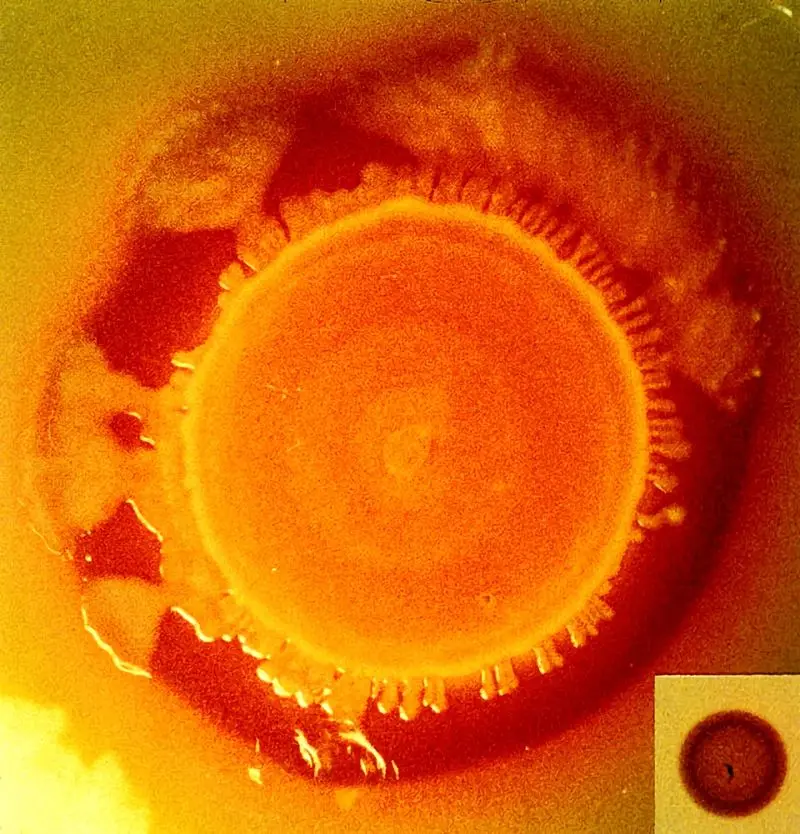 Sticking together. The abnormal joining of living tissues.... ↪ Read more
Sticking together. The abnormal joining of living tissues.... ↪ Read more Veterinary Drug Handbook (VDH) is the reference veterinarians turn to when they want an independent source of information on the drugs that are used in veterinary medicine today.
-
 Is veterinary Liniment Gel safe for humans?
Is veterinary Liniment Gel safe for humans? -
 Giving Your Cat A Pill
Giving Your Cat A Pill -
 Dog Aggression
Dog Aggression -
 Dogs May Help Boost Infant Health
Dogs May Help Boost Infant Health -
 Animal-Assisted Therapy, Veterinary Social Work, & Social Work With People & Pets in Crisis
Animal-Assisted Therapy, Veterinary Social Work, & Social Work With People & Pets in Crisis -
 On-demand veterinary service gives advice on poorly pets
On-demand veterinary service gives advice on poorly pets -
 Should we stop throwing sticks for dogs?
Should we stop throwing sticks for dogs? -
 Can breathing in cat hair be harmful?
Can breathing in cat hair be harmful? -
 What does PU/PD mean in veterinary medicine?
What does PU/PD mean in veterinary medicine? -
 Bill calls for ban on sales of dogs, cats in Maine pet stores
Bill calls for ban on sales of dogs, cats in Maine pet stores -
 Common Meanings Of Cat Behavior
Common Meanings Of Cat Behavior -
 What does DVM stand for in veterinary?
What does DVM stand for in veterinary? -
 Curing Bad Cat Breath
Curing Bad Cat Breath -
 New Tracking Tool for Pathogen Investigators
New Tracking Tool for Pathogen Investigators -
Can binturongs be kept as pets?
-
 How long do instruments stay sterile after autoclaving veterinary?
How long do instruments stay sterile after autoclaving veterinary?
ADHESION
ACUTE
ACRYLIC
 Any of numerous thermoplastic or thermosetting polymers or copolymers of acrylic acid, methacrylic acid, esters of these acids, or acrylonitrile, used in horseshoeing to fill gaps or cracks in the hoof wall.... ↪ Read more
Any of numerous thermoplastic or thermosetting polymers or copolymers of acrylic acid, methacrylic acid, esters of these acids, or acrylonitrile, used in horseshoeing to fill gaps or cracks in the hoof wall.... ↪ Read more ACETYLENE TORCH
 A blowtorch which burns a combination of compressed acetylene gas and oxygen. Used for welding, brazing, and cutting metals.... ↪ Read more
A blowtorch which burns a combination of compressed acetylene gas and oxygen. Used for welding, brazing, and cutting metals.... ↪ Read more ABSCESS
 A localized infection of the sensitive tissues within the hoof. Abscesses often cause lameness which usually subsides when they are drained. If not drained intentionally, abscesses often rupture at the coronary band or the bulbs of the heels. a.k.a.: Gravel; Puss Pocket.... ↪ Read more
A localized infection of the sensitive tissues within the hoof. Abscesses often cause lameness which usually subsides when they are drained. If not drained intentionally, abscesses often rupture at the coronary band or the bulbs of the heels. a.k.a.: Gravel; Puss Pocket.... ↪ Read more ABAXIAL
BAR STOCK
 The metal stock from which handmade horseshoes are forged. Typical steel horseshoe barstock is 5/16" by 3/4", but many other sizes are also used. Barstock is generally purchased by the linar foot.... ↪ Read more
The metal stock from which handmade horseshoes are forged. Typical steel horseshoe barstock is 5/16" by 3/4", but many other sizes are also used. Barstock is generally purchased by the linar foot.... ↪ Read more ROSE BENGAL (OPHTHALMIC)
 Indications/Pharmacology Rose Bengal is a vital stain and stains dead epithelial cells and mucus. Fullthickness loss of the corneal epithelium is not necessary (only dead cells need be present) to obtain Rose Bengal stain uptake. It does not stain epithelial defects and does not pass into... ↪ Read more
Indications/Pharmacology Rose Bengal is a vital stain and stains dead epithelial cells and mucus. Fullthickness loss of the corneal epithelium is not necessary (only dead cells need be present) to obtain Rose Bengal stain uptake. It does not stain epithelial defects and does not pass into... ↪ Read more FLUORESCEIN SODIUM (OPHTHALMIC)
 Indications/Pharmacology Fluorescein sodium is a yellow water soluble dye. It is used mostcommonly to delineate full thickness loss of corneal epithelium. In this instance it will stain the cornealstroma. The epithelium is not stained because its outer lipid cell membrane repels the stain.... ↪ Read more
Indications/Pharmacology Fluorescein sodium is a yellow water soluble dye. It is used mostcommonly to delineate full thickness loss of corneal epithelium. In this instance it will stain the cornealstroma. The epithelium is not stained because its outer lipid cell membrane repels the stain.... ↪ Read more OPHTHALMIC IRRIGANTS
 Indications/Pharmacology Sterile isotonic solutions are used for flushing the nasolacrimal system andfor removing debris from the eye. They are also used to remove excess stain after diagnostic staining ofthe cornea. Sterile lactated Ringer's solution (LRS) is well tolerated by the surface of the... ↪ Read more
Indications/Pharmacology Sterile isotonic solutions are used for flushing the nasolacrimal system andfor removing debris from the eye. They are also used to remove excess stain after diagnostic staining ofthe cornea. Sterile lactated Ringer's solution (LRS) is well tolerated by the surface of the... ↪ Read more ARTIFICIAL TEAR PRODUCTS; OCULAR LUBRICANTS
 Indications/Pharmacology Artificial tear solutions are aqueous isotonic, pH buffered viscous solutionsthat serve as a lubricant for dry eyes and associated eye irritation due to dry eye syndromes. They areoften useful adjuncts in keratoconjunctivitis sicca in dogs early in cyclosporine... ↪ Read more
Indications/Pharmacology Artificial tear solutions are aqueous isotonic, pH buffered viscous solutionsthat serve as a lubricant for dry eyes and associated eye irritation due to dry eye syndromes. They areoften useful adjuncts in keratoconjunctivitis sicca in dogs early in cyclosporine... ↪ Read more CYCLOSPORINE (OPHTHALMIC)
 Indications/Pharmacology Cyclosporine is a polypeptide agent first isolated from a fungus. The agentinterferes with interleukin synthesis by T lymphocytes and in so doing has been employed extensively inpeople following major organ transplantation to prevent immune rejection. Cyclosporine is... ↪ Read more
Indications/Pharmacology Cyclosporine is a polypeptide agent first isolated from a fungus. The agentinterferes with interleukin synthesis by T lymphocytes and in so doing has been employed extensively inpeople following major organ transplantation to prevent immune rejection. Cyclosporine is... ↪ Read more Popular Diagnoses
Packed cell volume (PCV, hematocrit) Reflex ovulator Mucolytic Microfilaricide Bronchodilator Hematocrit Glucocorticoid Monoamine oxidase inhibitor (MAOI) ↪ All veterinary diagnoseOther Diagnoses
Proestrus (also Proestrous) Progesterone Prolactin Prolapsed Rectum Prostaglandin Protease Protozoans PruritisPopular Veterinary Clinics
VCA Welborn Animal Hospital, 7860 Washington Avenue Kansas City, KS 66112 USA MedVet Columbus, 300 East Wilson Bridge Road, Worthington, OH Rutland Veterinary Clinic & Surgical Center, 90 East Pittsford Road, Rutland, VT VCA Paradise Valley Emergency Animal Hospital, 6969 East Shea Boulevard Suite 150 Scottsdale, AZ 85254 USA Connecticut Veterinary Center & Pet ER, 470 Oakwood Ave West Hartford, CT 06110 USA Norway Veterinary Hospital, 10 Main St P.O. Box 273 Norway, ME 04268 USA Craig Road Animal Hospital, 5051 West Craig Road, Las Vegas, NV Abri Veterinary Hospital Inc, 1449 Trademart Boulevard Winston-Salem, NC 27127 USA ↪ All veterinary clinicsOther Veterinary Clinics
Tuskegee University, School of Veterinary Medicine Tuskegee, AL 36088 USA Valley Animal Hospital & Pet Resort, 7535 Bailey Cove Road SE Huntsville, AL 35802 USA Valleydale Animal Clinic, 4680 Valleydale Road Birmingham, AL 35242 USA West Gate Veterinary Hospital, 1007 Rucker Boulevard Enterprise, AL 36330 USA Whitesburg Animal Hospital, 8407 WHITESBURG DRIVE SOUTH Huntsville, AL 35802 USA VCA Big Lake Animal Hospital, 9750 W. Parks Highway, Wasilla, AK College Village Animal Clinic, 2036 E. Northern Lights Blvd Anchorage, AK 99508 USA Fort Richardson Veterinary Treatment Facility, 47815 Davis Highway Fort Richardson, AK 99505 USAPopular Drugs
DOXYLAMINE SUCCINATE Doses - PENICILLIN V POTASSIUM Doses - METHYLPREDNISOLONE, METHYLPREDNISOLONE ACETATE, METHYLPREDNISOLONE SODIUM SUCCINATE ACEPROMAZINE MALEATE Doses - PREDNISOLONE, PREDNISOLONE SODIUM SUCCINATE, PREDNISOLONE ACETATE, PREDNISONE Doses - FURAZOLIDONE Doses - FERROUS SULFATE Doses - LEVAMISOLE ↪ All veterinary drugOther Drugs
ASPIRIN POWDER QUEST® GEL (moxidectin) Veraflox™ (pradofloxacin) Oral Suspension for Cats25 mg/mLDo not use in dogs.Federal law prohibits the extralabel use of this drug in food-producing animals. Aspen Premium Dip BARRIER® Wound Care Spray With Pain Relief Ecodyne Sodium Salicylate Concentrate 60% w/v with Caffeine 5.7% w/v IVERMECTIN INJECTION for Cattle and Swine 1% Sterile SolutionPopular Terms
Subalbinotic Steatis Uteroverdin Paradoxical CSF acidosis Figure of 8 suture pattern Nerve root signature Ovariohysterectomy Abrev OVH Signalment ↪ All veterinary termOther Terms
Tympanic bulla Tympany Dismount Disorientation Disposition Disqualification Dissect Distal convoluted tubulesveterinary-help.com
© 2011-2025 Veterinary Clinics, Diagnoses, Terms and Drug Handbook Online



